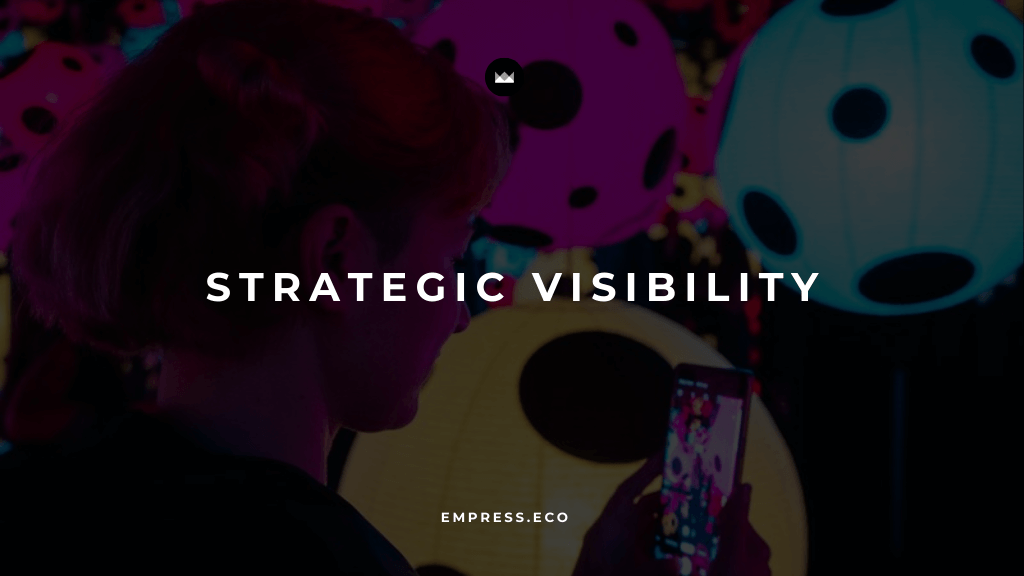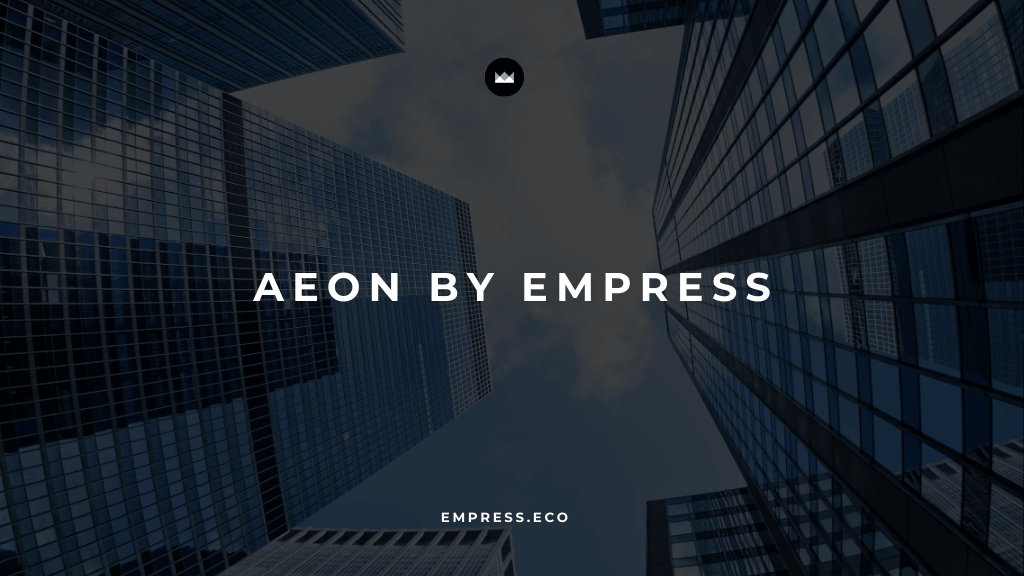
Amplify Brand Visibility with DADA’s Strategic and Innovative Campaigns
Multi-channel strategies to ensure your brand stands out and achieves measurable impact.
Table of Contents
Standing out and capturing the attention of your target audience requires more than just a single-channel approach. Strategic campaign development, leveraging multi-channel strategies, has emerged as a powerful method to amplify brand visibility and achieve measurable impact. This blog explores the importance of strategic campaign development and provides actionable steps to create campaigns that resonate and drive results.
Understanding Strategic Campaign Development
Strategic campaign development involves meticulous planning and execution of marketing efforts across multiple channels to achieve specific business goals. It combines creativity with data-driven insights to create cohesive and impactful campaigns that resonate with your target audience. By aligning various elements like messaging, visuals, and timing across different platforms, you can create a unified brand experience that maximizes reach and effectiveness.
Benefits of Multi-Channel Campaign Strategies
Increased Reach and Visibility
Utilizing multiple channels allows you to reach a broader and more diverse audience. Different people prefer different platforms, and a multi-channel approach ensures that your brand message is seen by a larger audience. For instance, while some users might engage more on social media, others might respond better to email marketing or search engine optimization (SEO).
Enhanced Engagement
Engaging with your audience across various touchpoints creates a more dynamic and interactive experience. This multi-channel presence can lead to higher engagement rates as your audience interacts with your brand on their preferred platforms. Each channel offers unique ways to engage, from visual storytelling on Instagram to detailed discussions via blog posts.
Improved Customer Experience
A seamless and consistent brand experience across all channels enhances customer satisfaction. When customers can interact with your brand cohesively, it builds trust and loyalty. Ensuring that all channels reflect the same brand values and messaging helps in creating a unified customer journey.
Better Data Insights
Using multiple channels provides more opportunities to collect valuable data on customer behaviors and preferences. These insights can inform future marketing strategies and help optimize campaign efforts. By analyzing interactions across different platforms, you can better understand what works and what doesn’t, allowing for continuous improvement.
Key Strategies for Effective Multi-Channel Campaign Development
Set Clear Objectives
Define specific, measurable, achievable, relevant, and time-bound (SMART) goals for your campaign. These objectives should align with your overall business goals and provide a clear direction for your campaign efforts.
Examples of Objectives:
- Increase website traffic by 30% in six months.
- Boost social media engagement by 25% in three months.
- Generate 100 new leads per month through multi-channel marketing.
Understand Your Audience
Conduct thorough research to understand your target audience’s demographics, preferences, and behaviors. Creating detailed buyer personas can help tailor your campaign to meet their needs and interests.
Steps to Understand Your Audience:
- Surveys and Interviews: Gather direct feedback from your audience.
- Analytics: Use tools like Google Analytics and social media insights.
- Competitor Analysis: Study your competitors’ strategies to identify gaps and opportunities.
Choose the Right Channels
Identify the most relevant channels based on where your target audience is most active. Popular channels include social media platforms (e.g., Facebook, Instagram, Twitter), email marketing, content marketing, SEO, and paid advertising.
Channel Selection Tips:
- Social Media: Engage with your audience on platforms they frequent.
- Email Marketing: Use personalized email campaigns to nurture leads.
- SEO: Optimize content for search engines to drive organic traffic.
- Paid Advertising: Use targeted ads to reach specific audience segments.
Create Engaging Content
Tailor your content to suit each platform’s unique format and audience preferences. Use a mix of text, images, videos, and interactive elements to captivate your audience.
Content Creation Tips:
- Blog Posts: Provide valuable insights and solutions.
- Videos: Create engaging visual content to capture attention.
- Infographics: Use visual representations of data to simplify complex information.
Leverage Data-Driven Insights
Utilize data to inform your campaign decisions. Analyzing data on customer behavior, market trends, and campaign performance can provide valuable insights that guide your strategy.
Data-Driven Insights Tips:
- A/B Testing: Experiment with different content variations to see what resonates best.
- Customer Feedback: Use feedback loops to gather insights and refine your approach.
- Analytics Tools: Track key metrics to measure the effectiveness of your campaigns.
Overcoming Challenges in Multi-Channel Campaign Development
Ensuring Consistency
Maintaining a consistent brand message across all channels is crucial. Ensure that your content, tone, and visuals align with your brand identity. Consistency helps in building a strong brand image and prevents confusion among your audience.
Managing Resources
Multi-channel strategies can be resource-intensive. Allocate resources effectively and use automation tools to manage and optimize your efforts. Tools like social media schedulers, email marketing platforms, and CRM systems can streamline processes and improve efficiency.
Measuring Success
Accurately measuring the effectiveness of multi-channel efforts can be challenging. Use comprehensive analytics tools to track performance across all channels and identify which ones are driving the best results. Metrics such as engagement rates, conversion rates, and ROI are essential for evaluating success.
Case Studies: Successful Multi-Channel Campaigns
Nike’s “Just Do It” Campaign
Nike’s iconic “Just Do It” campaign successfully utilized multiple channels, including social media, email, and TV ads, to reach a global audience. The consistent messaging and engaging content led to a significant increase in brand awareness and sales. Nike’s strategic use of influencers and user-generated content also played a crucial role in amplifying the campaign’s reach.
Starbucks’ Omnichannel Experience
Starbucks integrates its mobile app, website, and in-store experience to create a seamless customer journey. This multi-channel approach has enhanced customer loyalty and boosted sales. Features like mobile ordering, loyalty rewards, and personalized offers ensure that customers have a consistent and engaging experience across all touchpoints.
Practical Steps to Implement Strategic Campaign Development
Establish Clear Goals
Begin by setting clear, measurable goals for your campaign. These goals should align with your broader business objectives and be specific enough to guide your efforts.
Examples of Goals:
- Awareness: Increase brand visibility by 20% in three months.
- Engagement: Boost social media interactions by 30% over six months.
- Conversion: Generate 150 new leads per month through targeted advertising.
Develop Detailed Buyer Personas
Understanding your audience is crucial. Develop detailed buyer personas that include demographic information, behavioral traits, preferences, and pain points. These personas will guide your content creation and channel selection.
How to Create Buyer Personas:
- Research: Use surveys, interviews, and analytics to gather data.
- Segment: Identify key segments within your target audience.
- Profile: Create comprehensive profiles that represent your ideal customers.
Design a Multi-Channel Content Plan
Plan your content strategy to align with the preferences of your target audience across different channels. Ensure that each piece of content is tailored to the specific platform and audience segment.
Content Planning Tips:
- Editorial Calendar: Develop a calendar that schedules content across all channels.
- Content Types: Mix different types of content such as blogs, videos, infographics, and social media posts.
- Consistency: Maintain a consistent brand voice and style across all content.
Leverage Automation Tools
Use automation tools to streamline your multi-channel campaign management. These tools can help in scheduling posts, managing email campaigns, tracking performance, and more.
Automation Tools to Consider:
- Social Media Schedulers: Tools like Hootsuite or Buffer.
- Email Marketing Platforms: Platforms like Mailchimp or HubSpot.
- Analytics Tools: Google Analytics, social media insights, and CRM systems.
Monitor and Optimize Campaign Performance
Regularly monitor the performance of your campaigns using analytics tools. Track key metrics such as reach, engagement, conversion rates, and ROI. Use these insights to optimize your campaigns continuously.
Monitoring Tips:
- Dashboard: Set up a dashboard to track real-time performance metrics.
- Reports: Generate regular reports to analyze trends and patterns.
- Adjustments: Make data-driven adjustments to improve campaign effectiveness.
Conclusion
Strategic campaign development is essential for amplifying brand visibility and achieving measurable impact in a crowded market. By setting clear objectives, understanding your audience, choosing the right channels, creating engaging content, and leveraging data-driven insights, businesses can create cohesive and impactful campaigns that resonate with their audience.
As the digital landscape continues to evolve, adopting a multi-channel approach will be crucial for maintaining a competitive edge and achieving sustained growth. Start leveraging the power of strategic campaign development today to amplify your brand’s visibility and connect with your audience like never before.
Empress Newsletter
Join the newsletter to receive the latest updates in your inbox.







